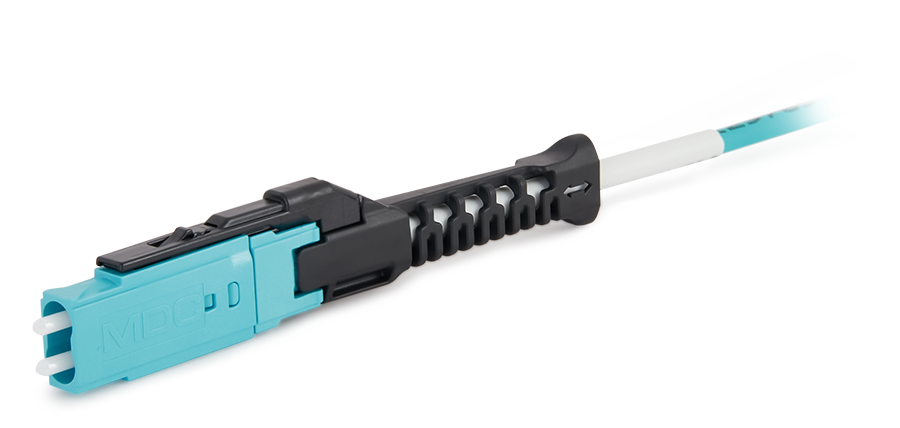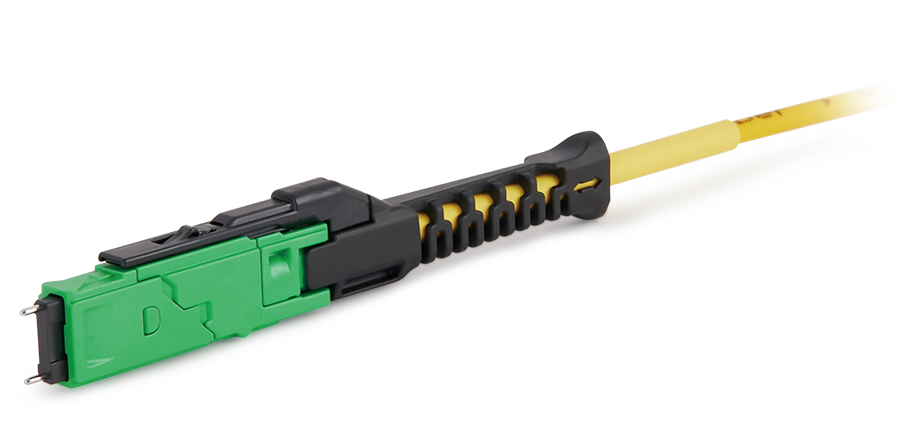Introduction to PLC Optical Splitter
PLC (Planar Lightwave Circuit) Optical Splitter is an integrated waveguide optical power distribution device based on a quartz substrate. Just like the coaxial cable transmission systems, optical network systems also need to couple, branch, and distribute optical signals, which requires the use of optical splitters. It is one of the most important passive devices in fiber optic links, featuring multiple input and output ports. It is especially suitable for passive optical networks (EPON, GPON, BPON, etc.) where it connects the office end and terminal equipment to realize the splitting of optical signals.
Classification and Use of PLC Optical Splitters
Bare Fiber Type
Bare fiber type PLC optical splitters directly use optical fibers (generally ribbon cables) for output, without termination on both ends. They are mainly suitable for occasions where frequent disassembly is not needed, using fusion or mechanical splicing methods for installation in various types of pigtail boxes or test instruments.
Miniature
Miniature PLC optical splitters refer to small splitter components encapsulated with a steel tube, using 0.9mm loose tube for fiber output. They are mainly suitable for installation spaces that are relatively tight and do not require fusion or mechanical splicing, such as optical cable joint boxes, optical fiber distribution boxes, and can also be installed in plug-in and rack-mounted splitter combination boxes.
ABS Box Type
Encapsulated in an ABS plastic box, with pigtail output ports. Mainly used inside racks, and installed in optical cable junction boxes during fiber branching to the building.
Plug-in Type
Plug-in type PLC optical splitters use ABS plastic box encapsulation with terminated ports. They are used at user access points needing optical splitting in FTTX systems, mainly completing the termination of optical cables entering the neighborhood or building. They provide functions like optical fiber fixation, stripping, splicing, patching, and splitting, and distribute into terminal users in the form of building entry optical cables after splitting.
Rack Type
Rack type PLC optical splitters use metal box encapsulation.
Advantages of PLC Optical Splitters
Loss is not sensitive to transmission wavelengths and can meet the transmission needs of different wavelengths.
PLC optical splitter distributes light evenly, allowing the signal to be evenly distributed to users.
Compact structure, small size, can be directly installed in existing types of junction boxes without requiring a specially designed large installation space.
Single-device splitting channels can reach more than 32 channels.
Low cost per channel, with the cost advantage becoming more significant as the number of splits increases.
In conclusion, PLC optical splitters can distribute light evenly, distributing signals to users evenly. The number of channels can reach 64 or even 128, widely used in passive fiber optic networks, maximizing the user capacity of optical fiber networks. The development of fiber to the room technology has also increased the demand for asymmetrical splitters. Meanwhile, due to their compact structure and small size, requiring no large installation space, they are commonly used in various junction boxes.

 Fiber Optic Flex Circuit (FOFC)
Advanced Simulation & Optimization, High Positioning Accuracy, Flexible Customization, Rigorous Reliability Testing
Fiber Optic Flex Circuit (FOFC)
Advanced Simulation & Optimization, High Positioning Accuracy, Flexible Customization, Rigorous Reliability Testing MDC Solution
US Conec's MDC connector is a Very Small Form Factor (VSFF) duplex optical connector, expertly designed for terminating single-mode and multimode fiber cables with diameters up to 2.0mm.
MDC Solution
US Conec's MDC connector is a Very Small Form Factor (VSFF) duplex optical connector, expertly designed for terminating single-mode and multimode fiber cables with diameters up to 2.0mm. MMC Solution
US Conec's Very Small Form Factor (VSFF) multi-fiber optical connector that redefines high-density connectivity with its cutting-edge TMT ferrule technology and intuitive Direct-Conec™ push-pull boot design.
MMC Solution
US Conec's Very Small Form Factor (VSFF) multi-fiber optical connector that redefines high-density connectivity with its cutting-edge TMT ferrule technology and intuitive Direct-Conec™ push-pull boot design. EN
EN
 jp
jp  fr
fr  es
es  it
it  ru
ru  pt
pt  ar
ar  el
el  nl
nl 



_and_High-Reflection_(HR)_Optical_Coatings.webp)
